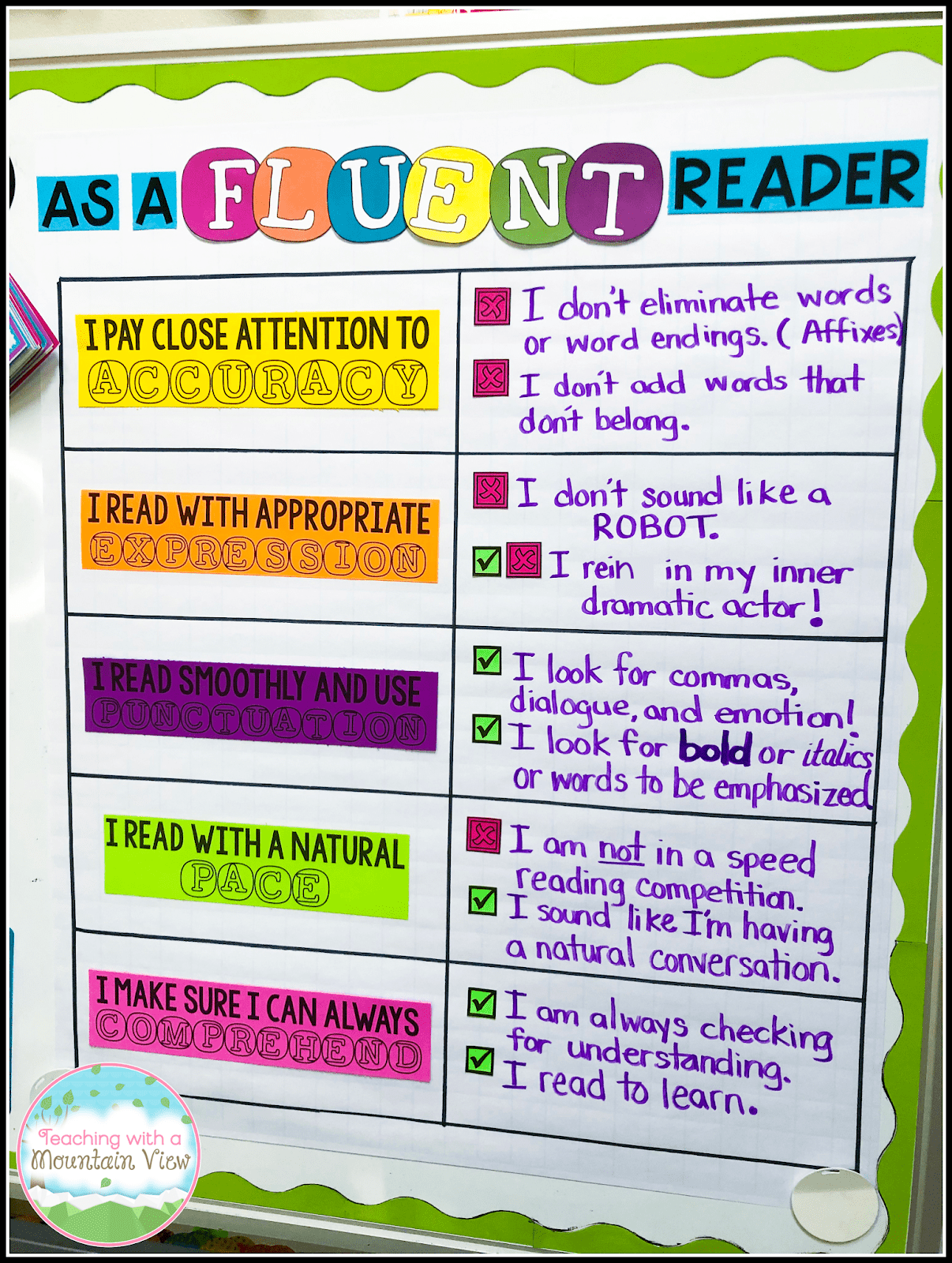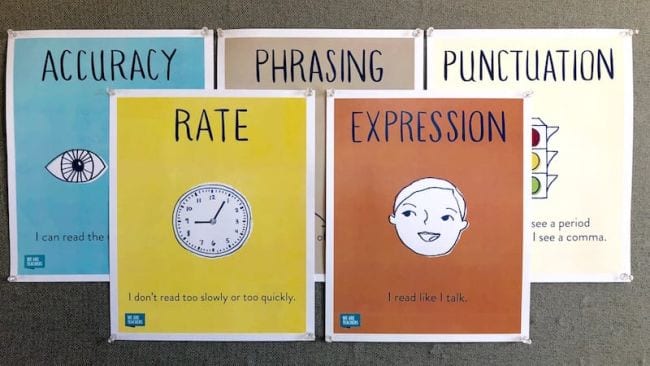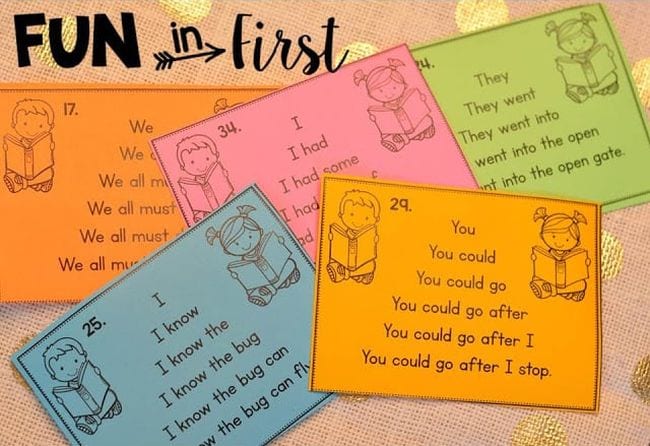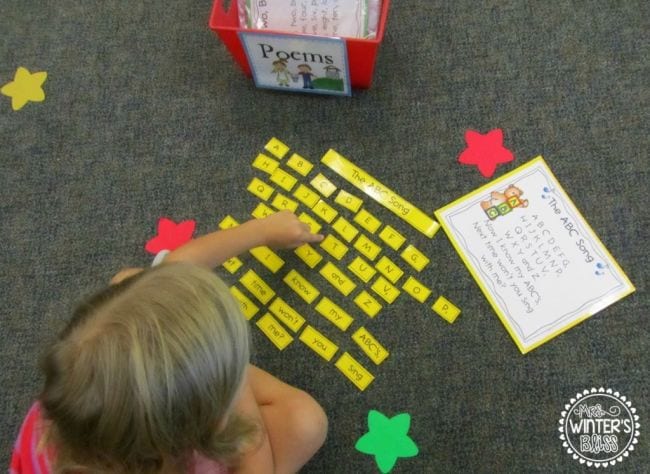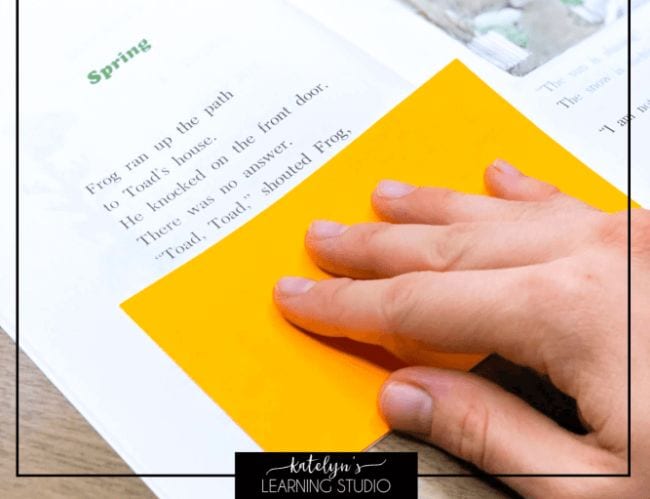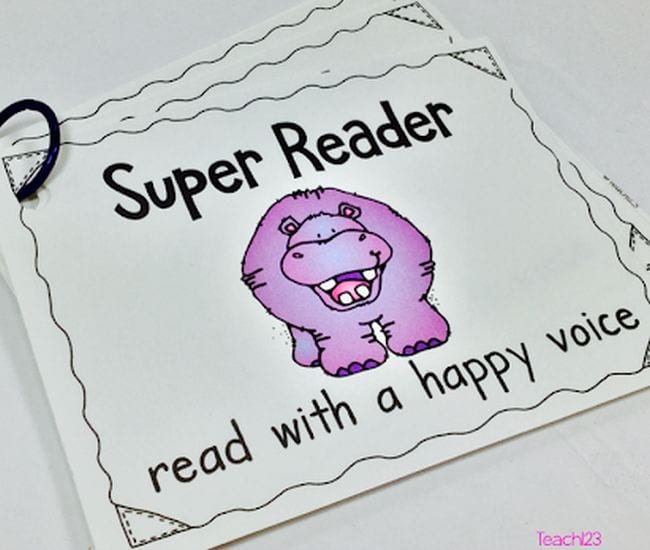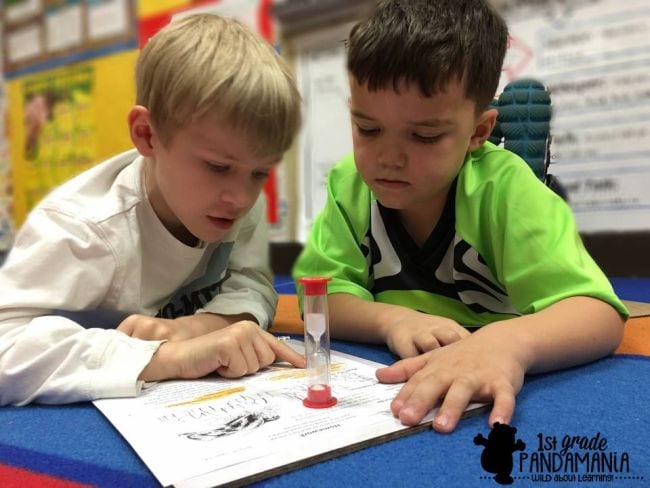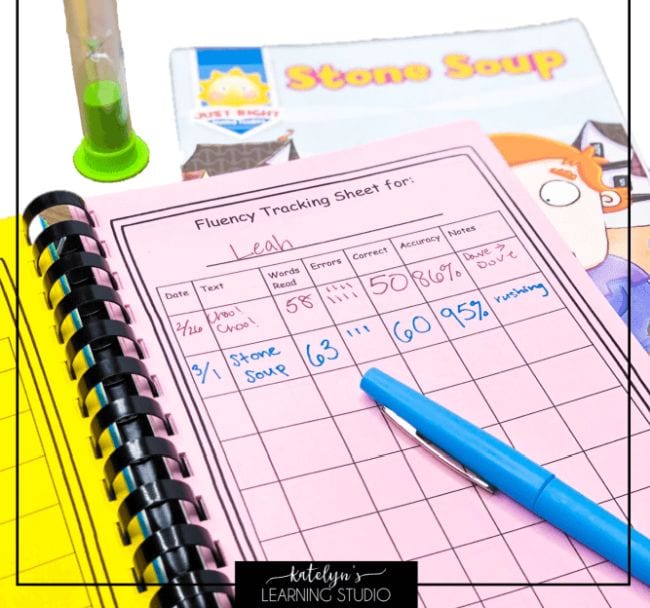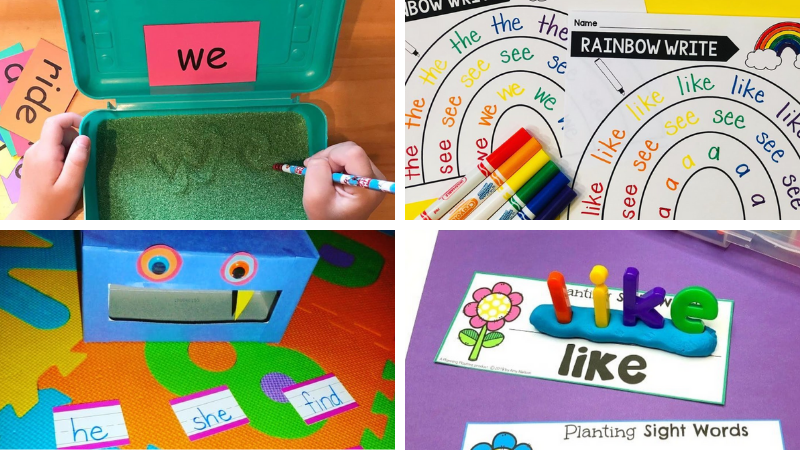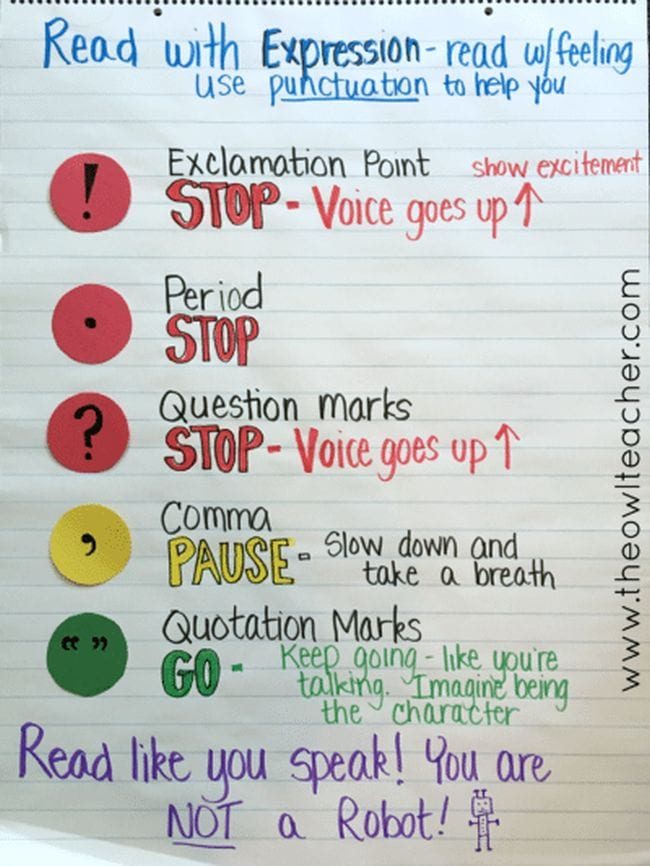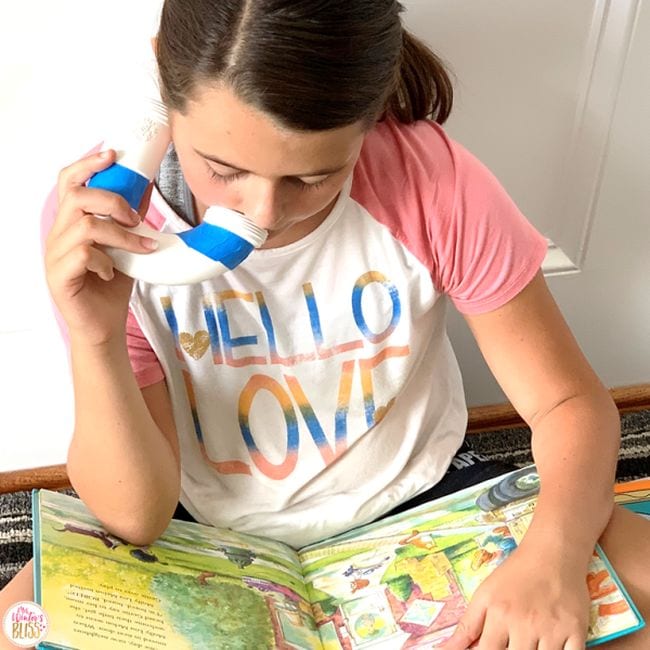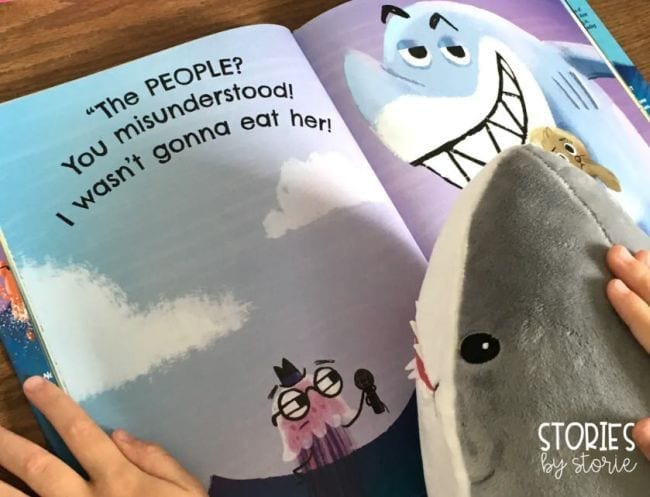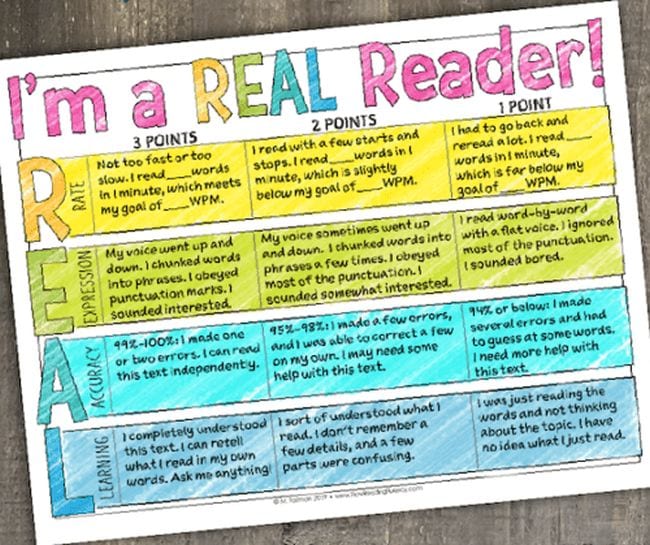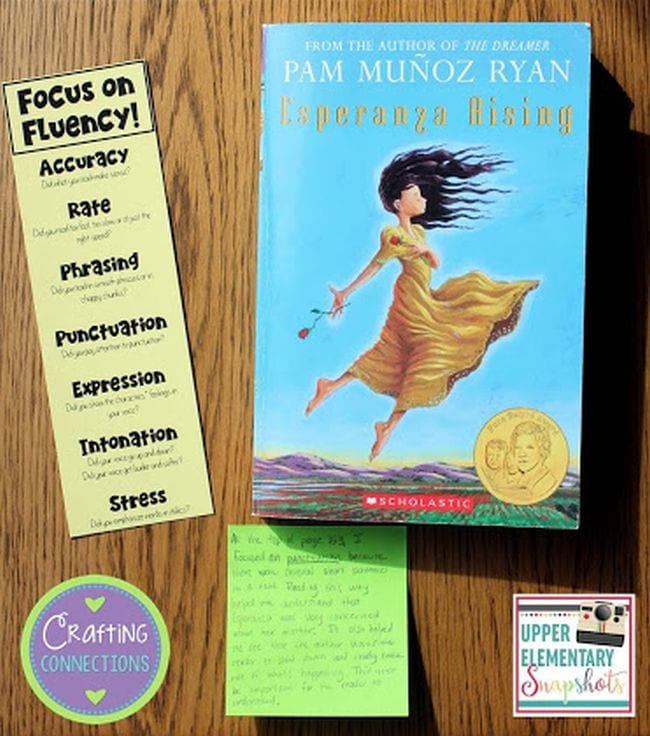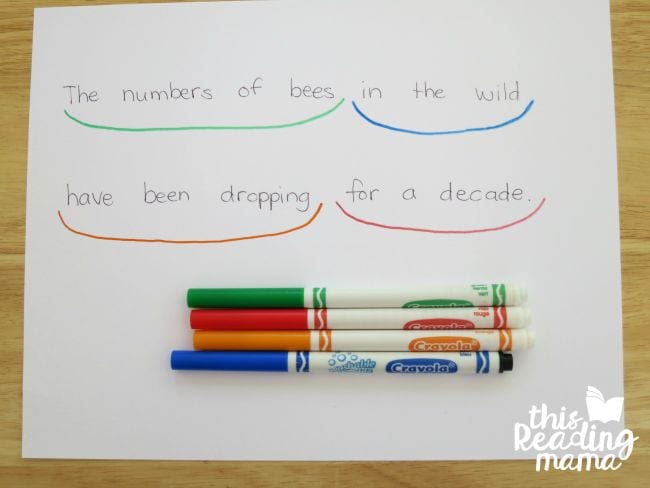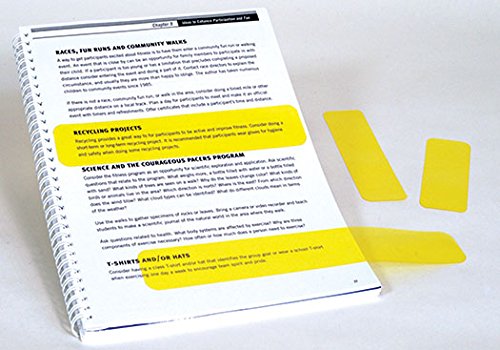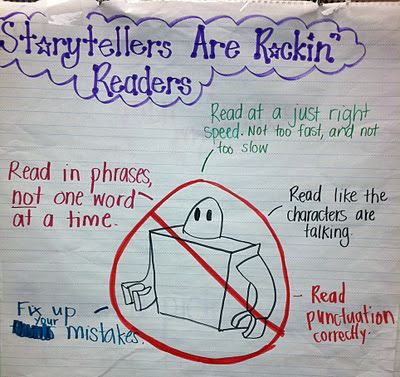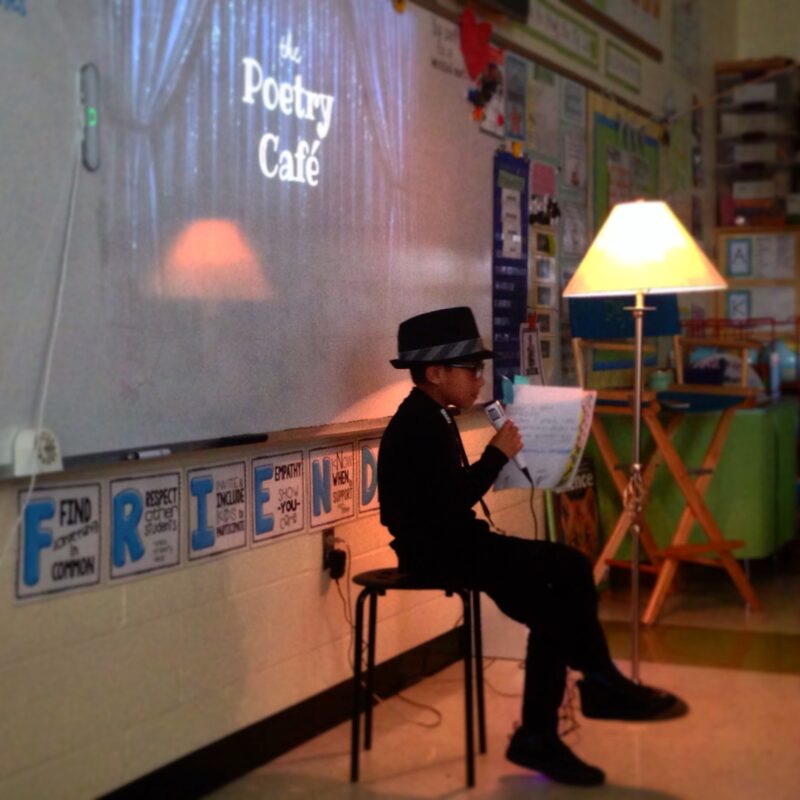Learning to read starts kids on a lifelong learning journey, but literacy is more than just understanding the words on a page. Reading fluency involves comprehension, speed, accuracy, and prosody (reading with expression). There are many ways to help kids develop reading fluency, both in and out of the classroom. Here are some of our favorite reading fluency activities.
1. Start with a reading fluency anchor chart
Introduce the basics of reading fluency with an anchor chart you can hang in the classroom. It’s a good reference for kids throughout the year. Here are more fluency anchor charts to try.
Learn more: Oral Reading Fluency/Teaching With a Mountain View
2. Model fluency with read-alouds
Reading aloud to kids is important for so many reasons, but one of the best is that it teaches kids what fluency sounds like. Adults can model expression, phrasing, pace, and so much more when they read to kids. Try some of our favorite read-alouds, or check out this list of the best read-alouds on YouTube as part of your reading center activities.
3. Hang reading fluency posters
Post these in your classroom reading center to remind kids what reading fluency really means. They’re simple but effective. Get your free set of reading fluency posters here.
4. Try sentence trees
Sentence trees are terrific reading activities that build fluency in younger students. They allow kids to focus on each word, improving accuracy and speed along the way.
Learn more: Sentence Trees/Fun in First
5. Put together poems and nursery rhymes
Kids often memorize nursery rhymes long before they learn to read. By breaking those rhymes apart into individual words and putting them back together again, kids see how words build into sentences and stories in a natural flow.
Learn more: Fluency To Improve Comprehension/Mrs. Winter’s Bliss
6. Use line tracking and word pointers
For some kids, focus is a challenge. Their eyes wander around the page, and they have trouble developing the speed needed for fluency. Use another piece of paper to help them focus on the line they’re reading, or try pointing to the words one by one.
Learn more: Reading With Fluency/Katelyn’s Learning Studio
7. Read and reread … and reread
Fluency involves lots and lots of reading and rereading. When kids read a passage over and over again, they build up their speed and accuracy automatically. One fun way to work on expression is to try rereading with different voices.
Learn more: Improve Reading Comprehension/Teach123
8. Add a timer to rereading
Combine repeated reading with a timer. Students read a passage for 1 minute, working to increase the number of words they read correctly each time. This is a nice tool for working on speed and accuracy.
Learn more: Build Reading Fluency/1st Grade Pandamania
9. Track student progress
While you don’t want to overemphasize numbers, tracking a student’s fluency is helpful to both you and them. Parents can help with this one at home too.
Learn more: Reading With Fluency/Katelyn’s Learning Studio
10. Work on those sight words
One of reasons elementary readers focus so much on sight words is that they help to build reading fluency. Find a roundup of all our favorite sight word activities here.
11. Look to punctuation for expression cues
Punctuation makes passages easier to read, but it also gives a reader cues on proper expression. Help your kids recognize what each punctuation mark sounds like when reading fluently.
Learn more: Teaching Expression in Fluency/The Owl Teacher
12. Answer the fluency phone
These are such a fun tool for helping kids really hear themselves read! They’re great for busy classrooms and reading centers. Kids talk softly into the phone, and the sound is amplified in their ear. You can buy fluency phones or make them yourself from PVC pipe.
Learn more: Fluency To Improve Reading Comprehension/Mrs. Winter’s Bliss
13. Read with partners
Whether kids are reading together or you pair an adult helper with a student, taking turns reading is a terrific way to get more fluent. When one reader is stronger, have them read the passage first and have the other reader echo it back.
Learn more: Ways To Improve Reading Fluency/The Measured Mom
14. Get a reading buddy
Shy kids will especially appreciate the chance to practice reading out loud to a stuffed animal pal. Encourage them to read as if their fuzzy friend can hear everything they’re saying.
Learn more: Ways To Use Stuffed Animals in the Classroom/Stories by Storie
15. Give kids a reading fluency rubric
Use this free printable rubric when evaluating students’ reading fluency, or send it home for parents. Kids can even use it to self-evaluate!
Learn more: Reading Fluency Is Not Just About Speed/Teacher Thrive
16. Use a fluency bookmark
A handy bookmark keeps fluency strategies front and center when kids read. We love this idea for kids who are ready for chapter books.
Learn more: Focusing on Fluency/Upper Elementary Snapshots
17. Introduce the concept of scooping phrases
Pointing to words is good for building speed and accuracy, but scooping phrases takes things to the next level. This practice is a great help for developing expression and comprehension.
Learn more: Reading Fluency Phrasing/This Reading Mama
18. Hold a school-wide fluency challenge
Make literacy and reading fluency something the whole school focuses on. Have PE teachers post sight words for kids to read out when they run past. Invite cafeteria workers to join you for story time. Track fluency and celebrate milestones with individual and whole-school rewards! Learn more about holding a school-wide fluency challenge here.
19. Set up buddy reading
Pair older students with younger students to practice and model reading fluency. Older students can read picture books, which have longer sentences and higher vocabulary that challenge older students but are still out of reach for younger students. The older students will get practice with fluency, and younger students will benefit from hearing picture books read aloud.
20. Use highlighter strips
Highlighter strips, bright tape-like strips that students can use to follow along as they read longer books, can help upper elementary students keep their place. And keeping their place helps them read fluently.
Buy it: Highlighter Strips at Amazon
21. Teach robot vs. non-robot reading
Help students understand the prosody or expression part of fluency with a lesson on robot reading vs. fluent reading. Have students practice (silly) robot reading and then fluent reading to hear (and feel) the difference.
Learn more: Arlene Neubarth/Pinterest
22. Put on a play
Readers theater, with a script or a favorite book, is one way to practice fluent reading. Choose a book with lots of dialogue and encourage students to really feel the story.
23. Use the BEST strategy for multisyllabic word reading
When students get to multisyllabic words, they may struggle to get past longer words like “momentarily” and “topography.” Teach them a strategy to sound out longer words:
- Break the word apart into syllables.
- Examine each part.
- Say each part.
- Try the whole word.
24. Host a poetry jam
Poetry is a great way to practice fluent reading, and it can be used at any grade level. For younger kids, work with simple poems and rhymes. For older children, use poems from Shel Silverstein or Jack Pruletsky. Have each child choose a poem and practice reading it with flare, then host a poetry jam where students read the poems they’ve practiced.
Learn more: Poetry Cafe/School and the City
25. Record students’ reading
Recording audiobooks for your classroom library is one way for students to see how fluent reading benefits everyone. Have students record reading a book on an audio recording app, and save it for other teachers to use with their students.
Learn more: Fluency Activities for Your First Grader/Reading Rockets


